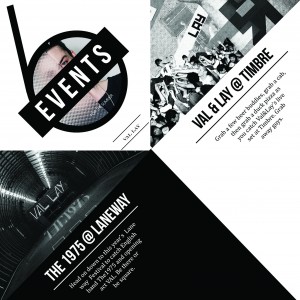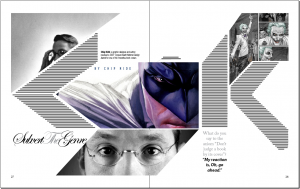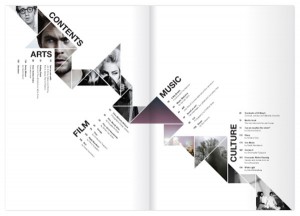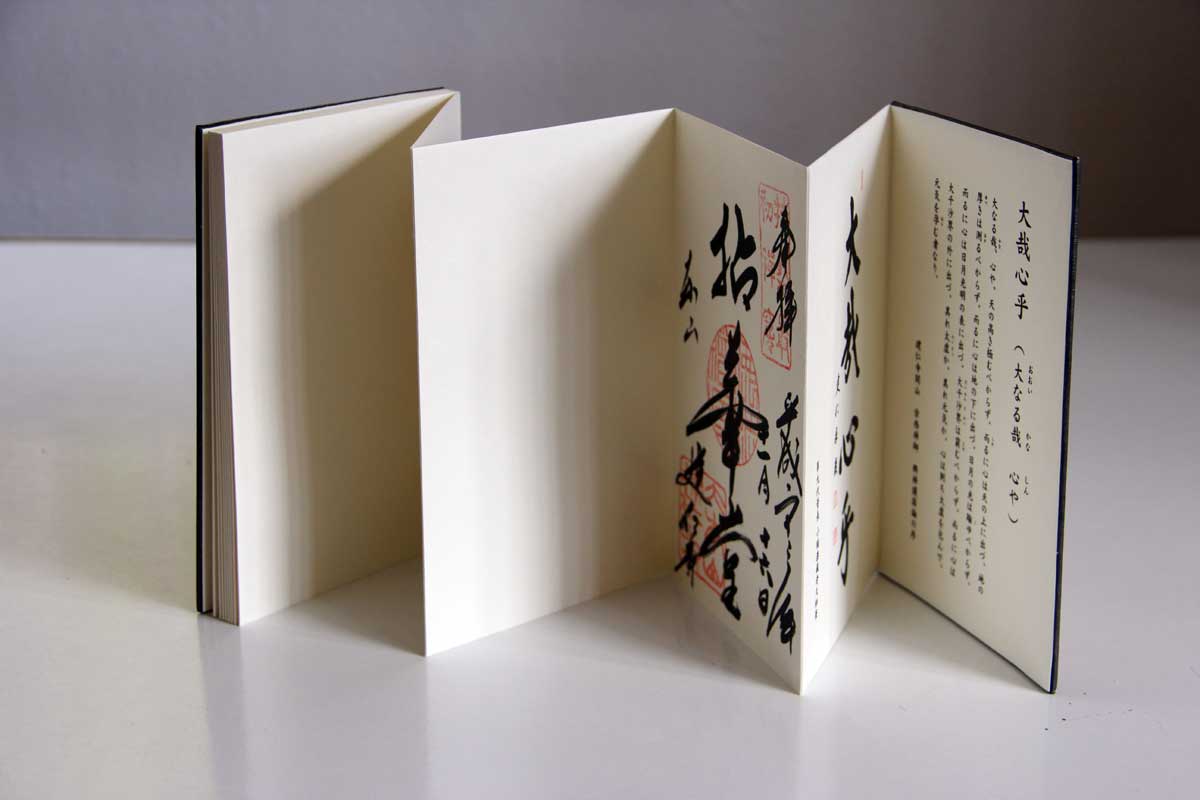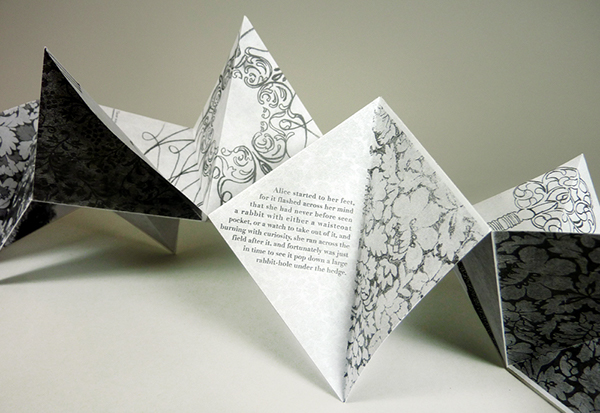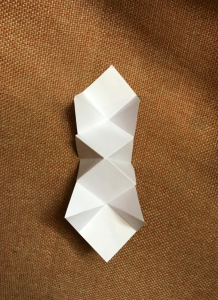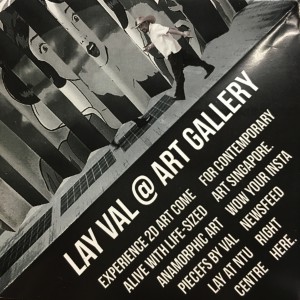Video
Installation experience
Process / Behind-the-scenes
Content
- Reflections
- Role allocation (artist statement, music, research paper & misc)
- Reflection on 4D Foundation
- Group’s proposal
Reflections
This final project was purposeful in many ways. It served as a self-reminder to better manage our time and to not neglect certain things in life. Especially stuff like spending quality time with our family and friends. These are some things we might overlook from our stay-in-campus-till-3am schedule.
As for myself, I was thankful to put both work and family together as I was filming with my little niece for the childhood scenes. Despite not using these footages in the final, I’ve learnt that POV shots take a fair bit of planning especially the character is as agile as a child. There must be an optimum distance between the camera and the character while both are moving in order for the movement to look natural.
Filming with kids is on another level as they can’t be directed like normal actors. They get really distracted when a huge DSLR is placed in front of them at a POV angle and this disrupts the flow. What could’ve been done: If we had the resources, perhaps a GoPro could’ve been attached to their heads or change the character to someone with small hands for a better result.
6 members team
In addition to that, by having a larger group, more effort had to be put in to have everyone on the same page. From settling on an installation idea that everyone agrees to getting everyone present for meetings and setups, the larger number made it more challenging. (Furthermore, we’re quite an ADHD bunch) However, we’ve forged more team rapport through this, which is an essential skill set needed when we venture out into the working world next time.

Role allocation
As the saying goes, too many hands spoil the broth. Having a bigger team won’t mean anything if not used to your advantage. Therefore, we split the work according to our strengths.
Artist statement
I worked on the group’s artist statement by compiling everyone else’s write-ups, picked out the key points we wish to retain and followed by constructing the statement according to Ruyi’s handout.

Music
Helped to shortlist the music that accompanies the footages and learnt that keywords are really important. The sound we play in our head might not match the types of keywords for the ideal music. There’s no best way to do this but to try different variations of it
https://www.musicbed.com/
https://www.youtube.com
Research paper & miscellaneous
Along with Jo, I did the paperwork and write-ups, which includes the research paper. I also helped to advise on the final cuts as well as helping in the logistics work.
Future of the project
I personally see the potential for this installation to go large scale and for public viewing. Perhaps it could be in ADM library’s cinema or somewhere around north spine and hopefully published in Nanyang Chronicles. Baby steps 🙂 If it goes well, we hope to see it in exhibitions around Singapore or even part of an arts festival. The topic itself is relatable to students or practically anyone living in a fast-paced society. Quite a few students were drawn to Sheng-si during the set up and I truly hope more audience will be able to view it. Caught some of the pictures here.
We even caught a ghost on cam too
Reflection on 4D Foundation
All in all, I really enjoyed 4D as a whole and it feels bittersweet for it to end. Currently I’m working on some plans to continue on some 4D projects to be further developed during this holiday. From camera angles to sound effects to useful theories like appropriation, I felt that this is a module that i’ve truly learnt and I’m able to apply these for my future works.
—
Group Proposal
Programme Purpose/Objective
The main purpose of this installation is to allow participants the chance to take a step back and evaluate their lives so far. The installation aims to evoke recognition of the fast-paced lifestyle Singaporeans have in general. It also allows participants to reflect on the qualities of their life experiences and authentic connection they have with the things that truly matter in life. It also questions them on the meaning of their lives so far – if they were to die in this instant, what sort of legacy would they have left behind, and would it be something they could be satisfied with?
Programme Rationale
Singapore is a fast-paced society and there is rarely any time for people to slow down and truly appreciate life. We thus felt it was necessary to remind participants to take a breather and rethink the value of their lives.
Programme Details
The installation comprises 2 rooms, both of which are expected to work independently as well as together. The first room is a narrative recreation of Singapore’s fast paced life, and will end in the ‘death’ of the participant. This is followed by the second room which allows for the participant to do a self reflection of his/her death.
Artistic Direction
Life experiences differ from person to person, and we wanted to be as inclusive as possible to whoever that would be viewing it. The installation thus has a mixture of both literal and abstract elements. This allowed us to create a more poetic narrative that was more flexible, allowing participants to slip into the character portrayed.
We will be making use of sound, videos, voice overs and props to create the desired atmosphere. To ensure that participants are able to understand the installation, we decided to make only the voice over explicit while the rest of the mediums will be kept abstract.
Room 1
As mentioned earlier, the first room is a narrative re-enactment of Singapore’s fast-paced lifestyle. The room is set up with 3 projected screens adjacent to one another.
In this room we use the metaphorical representation of water as life and merge it
together with scenes of the protagonist’s life. The protagonist is never explicitly shown,
allowing participants to insert themselves into the narrative and relate the events with
their own lives.
The three screens are played in sequence and document the growth of the character from a toddler to a teenager to a young adult respectively. Interlaced with the scenes of the character’s growth are scenes of coloured water droplets being dropped into a tank full of water. The water represents life, and the different coloured droplets represent the memories, experience and feelings associated with each growth stage.
Screen 1
The first screen narrates the toddler stage. The tank of water starts of transparent to represent the character’s innocence and purity. Her first memories, which are represented by yellow droplets are seen penetrating the surface of the water before spreading outwards. The screen then shows clips of a young kid playing with toys and having fun in the playground. The screen then fades back to the now yellow water in the tank.
Screen 2
The second screen starts playing as the first screen continues showing the yellow colours fusing with the water. Red droplets are added into the yellowed water, and is then overlapped with scenes of the character’s slow submission to teenage pressure and rebellion. She is stressed from studying and is too absorbed by commitments which result in negligence of her family. The screen fades back to the water, which is not a mixture of yellow and red. The water is now turning darker and murkier, symbolising the chaos and impurity in her life.
Screen 3
The final screen starts playing as the second screen continues showing the yellow and red tainting the water. This is overlapped with scenes of the character descending into a downward spiral in her life. She starts smoking, and is increasingly distant with her family. She is then seen fainting as the fast pace of her life has finally caught up with her and her health. She dies, and only realises the important things in her life during her last moments, when it’s already too late for her to change anything.
The screen turns black. Black is an irreversible colour, which means that the addition of other colours will not change it. Her life is over, and there is no turning back.
Room 2
While Room 1 focuses heavily on using videos, Room 2 shifts towards the usage of props and performance to create a reflective mood for the participants. In this room, a mock ritual for the dead has been set up.
The room is darkened as much as possible, and a table is setup at the end of the room. On the table lays different objects that are related to death. They include red string, candles and flowers commonly used for offering. In the center of the table lies a dirtied glass bowl. This is a connecting element for the 1st and 2nd room, and is representative of an empty life vessel. Life, symbolized by water, has been drained out, and only the ugly stains of the black contaminated life has been left behind. Behind the table stand a mirror that reflects the face of those who enter the room, and is meant to prompt participants to look at themselves and self-reflect.
As participants enter the room, a short performance is also put up. A male and female stands on either side of the table. They have a short dialogue about the character in the previous room.
Dialogue:
Ziyu
She didn’t have to die this way.
Alfred
But at least she was doing what she loved
Ziyu
But what does that amount to?
Alfred
Have YOU lived a fulfilling life?
Ziyu
Or are you just chasing after happiness that is only temporary?
After this short dialogue, an usher will come in to encourage participants to have a silent self-reflection for a duration of 1 minute. The narrative her is kept short as the main highlight here is the participants’ own involvement in the room.
Target Audience
Students of the School of Art, Design and Media and NTU aged 19-30.
Logistics / Budget
| Filming Location | Things we borrowed | Things we bought |
| Foundation drawing room 1 | Projector | Black and white cloth |
| Critical Room 1-14 | Bamboo sticks | Fake candles |
| Gladys House/Room & Living Room | Black cloth | Batteries |
| Hall 15 | 2x Speaker | Bell |
| NTU’s playground | 3x Laptop | Fresh flowers |
| Presbyterian High School | 1x Long mirror | Secondary School textbook |
| Foundation 2D Art Room | Fish tank | Black Garbage Bag |
| Starbucks | Tables and Chairs | Food colouring |
| NTU North Spine open area | Ladder | |
| Foundation 3D Room | ||
| Product Design Spraying Corner |
- Booking of rooms and necessary equipments
- Location used:
- Foundation drawing room 1
- Critical Room 1-14
- Gladys House/Room & Living Room
- Hall 15 Room
- Hall 15 Smoking corner/ Corridor
- NTU’s playground
- Presbyterian High School
- Foundation 2D Art Room
- Starbucks
- NTU North Spine open area
- Foundation 3D Room
- Product Design Spraying Corner
- Location used:
- Equipments:
- 2 projectors (School)
- 2 loud speakers (Ziyu)
- 3 laptops (Jo, Darren, Gladys)
- VGA adapter (Ziyu)
- Black and white cloth (Bought)
- Bamboo sticks (SC room)
- Long mirror (Foundation Drawing Room)
- Twine strings (Bought)
- Red Strings (Alfred)
- Candles / Fake candles (Bought)
- Batteries (Bought)
- Classic Candle Holder (Jo’s House)
- Bell (Bought)
- Fish tank (Loan from friend)
- Plastic bowl (Gladys)
- Water suction tube (Alfred)
- Mounting board (Ziyu)
- Cardboard boxes (Song Yu)
- Tables/Chairs (School)
- Black garbage bags (Bought)
- Fresh & dried flowers (Bought & Ziyu)
- Food colouring (Bought)
- Acrylic paint / Chinese black ink (School)
- Ladder (School’s cleaner)
- Masking/ clear/ black tape (Bought)
- School uniform/ textbook (Jo Inng / bought)
- Classic Alarm Clock (Hall 4)
- Hospital segregation cloth (School)
- Hospital Pillow/ Blanket (School)
- Phone with family picture (Gladys)
- Art File/Art Friend plastic bag (Gladys)
- Easel with drawing (Foundation Drawing Room)
- Stationaries / Foolscap paper (Gladys)
- Toyota Car (Gladys Bumper Car)
- Cooked food w/ utensils (Gladys House)
- Post-it Note (Gladys)
- Warm Lighting Kit (Gladys)
- Bata Shoe (Zoey)
- DSLR 600D / 18-250mm Macro-Zoom Lens (Gladys/Darren)
- Tripod (Darren)
- Cigarette and lighter (Heng Tong)
- Black spray and artifact (3D Room)
- Foam board and cutter (3D Room)
- Logistic breakdown (list of items we actually need)
- What can be borrowed (and from where/who?)
- Art Board and other art related stationery from Foundation Room
- Ladder from Cleaner Aunty
- 3D room Foam cutter and other 3D related stuff (Spray Can/Foam/Cotton Bud etc)
- What can be borrowed (and from where/who?)
- What can be provided by school?
- 3 Projectors
- 1 Loud speaker
- Tables and chairs
- What was bought? (Where)
- Black and white cloth (China town) $39.20
- Fake candles (Daiso) $6
- Bell (Daiso) $2
- Fresh flowers (Market) $2
- Batteries (Giant at Canteen 2) $2
- Twine Strings (NTUC) $1
- Secondary School Textbook (Popular) $9.90
- Food Colouring (NTUC) $3.60
- Black garbage bag (NTUC) $5.65
- Masking/ clear/ black tape (NTUC) $7.40
Total: $78.75
Artist Statement – 生死
Sheng-si生死is an immersive video installation aimed at the everyday individual.
Playing with both literal and abstract representations projected on three screens
surrounding the audience, this exhibit seeks to invoke thoughts on the bigger picture
in life. Drawing reference from the fake funeral trend in South Korea, it ultimately
aims for people to diverge into deep thought and contemplate on their purpose in life.
Research Paper
For this project, we aimed to tackle and address the issue of leading a fulfilling lifestyle in a modern context. We observed that many youths face the similar issue of being overwhelmed by school work and other commitments, and often had little quality time with things in life that truly mattered. (BBC, 2007)
In our research, we came across one particular trend that had a huge impact on our artistic direction.
Due to high societal pressure and escalating suicide rates, the ‘Near Death’ movement has become increasingly popular in South Korea. This movement aims to address this issue by giving participants the chance to detach themselves from their fast paced lifestyle to reflect on their lives. As such, multiple ‘Fake Funeral’ services have been conducted across the country. In this particular one, they are lectured by a philosophical guru and invited to write out their own eulogy. After that, they will be placed in a coffin for 30 mins to experience death. The act of being enclosed creates a deafening space of endless darkness, and the atmosphere allows the participant to evaluate their lives from a objective and detached point of view. A lack of self reflection usually leads to people feeling lost and depressed, and this death meditation in the enclosed space forces them to look within themselves for answers that they have been seeking, but thought they didn’t have.
Another work we came across was Christian Boltanski’s The Heart Archive. Occupying a space in a museum on the uninhabited island of Teshima in Japan, this artwork collects heartbeat sounds from all around the world. Participants are invited into a room where they listen to the sounds of their own heartbeats through a headset. After that, their heartbeats recordings are saved and used in subsequent set ups of the art piece. The heartbeats are immortalized, and remain as fragile remains of their existence on earth.The work makes one contemplate on bereavement and what we remember during our existence on earth. As you take part in the installation, it evokes a sense of uncanniness which acts as a mirror of what lies ahead and our future and our nonexistence in it. The artwork questions the impact left behind by each individual whose heartbeat sounds have been recorded, and we believe the fragile and faint nature of the recordings makes one ponder on the meaning of their lives, and how many people they have impacted. It also relied heavily on symbolism and non-literal ways of portraying the theme, which we found interesting.
We believe these two artworks were greatly valuable and conveyed an important message. We thus decided to reference these two particular artworks/movements in terms of artistic style and content.
Bibliography
Life in the fast lane ‘speeds up’. BBC. BBC News, 2 May 2007. Web. 4 May 2007.
“Fake Funerals in South Korea.” Vice. Vice Japan, n.d. Web. 21 Apr 2016.
Demetriou, Danielle. “Boltanski’s hearts don’t skip a beat.” The Japan Times. The Japan Times, 6 Aug 2010. Web. 4 July 2013.
Waters, Florence. “Christian Boltanski: The Heart Archive, Serpentine Gallery, review.” Telegraph. Telegraph, 12 Jul 2010. Web. 6 Aug 2010.
Sound:
https://www.youtube.com/watch?v=jO5-7gSct38
https://www.youtube.com/watch?v=sUiB2EPR9-A&nohtml5=False
https://docs.google.com/document/d/1tywqKOK-BBHJxftZhydXa6FjkNRpiEk9V_3IzqHSrDo/edit




























